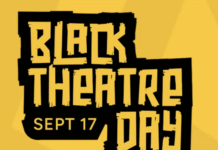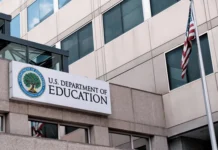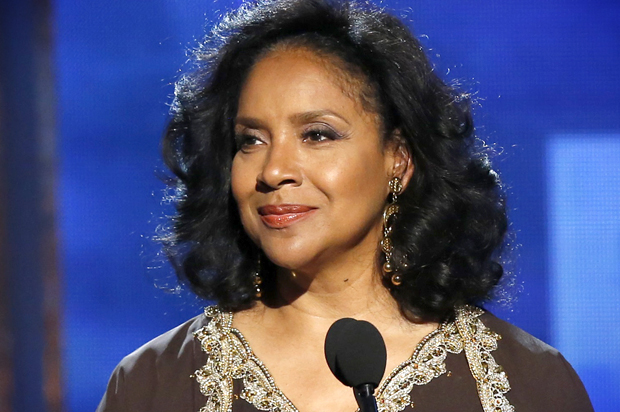
I teach African American literature at Towson University. Every semester, I try to make relevant the varied stories—fiction and nonfiction—of our recent and distant American past. I try to make real the everyday realities of racism, and sexism as we read the books from the “olden days” or the unspecified past that begins, most often, before right now.
For the last year I haven’t had to try too hard to make the past real. It has found its way onto campus through the lens of two student-run (albeit not affiliated with the university) groups, Youth for Western Civilization (YWC) and the White Student Union (WSU). Both groups were created to celebrate the historical and moral value of whiteness. YWC lost traction last year after smearing the campus with racial slurs and losing its faculty advisor, but its leaders rebranded and gave it a new name, “The White Student Union.” The WSU has made national headlines with its brand of ideology that recalls the rhetorical turns of yesteryear’s white supremacist organizations, such as the Klan or the White Citizens’ Council. What was once “back then” has made it into classroom discussions as part of right now.
My students have responded with horror and annoyance and have taken action. They want to speak about the complicated ways that racism has made its way on to their campus and into their classrooms. They want to speak against the silences that have rendered racism a figment of an American past. Last year after YWC chalked the campus with racial slurs, students in my first-year seminar asked to make a public service announcement against racism and for learning history. Their message—“Stop violence. Learn History”—was simple because we can’t stop what we refuse to see, name, or remember. They wanted to be sure that their peers could see, name, and remember this very present reality.
http://youtu.be/ikc21laMT74g
Two days ago, I went to a rally on campus led by yet another group of students armed with a collective of voices. They spoke of “peace,” “unity,” and “diversity” and asked participants to #bethechangeTU that we wished to see on campus. They trekked through campus reclaiming space and laughing together. They walked for a sense of a greater collective and shared experience. Some rocked t-shirts that said #TUstands4 and etched in puffy paint, words, like hope, community, freedom, unity.
My hope is that they also walked to remember the stories that we sometimes would rather not speak; I hope they walked to remember the students, faculty and staff stopped by campus police because they look suspicious. I hope they walked to remember that racism doesn’t always look like the extremism of the WSU. Sometimes, it looks like a refusal to speak up. Racism has never worked well as the act of one rogue person. History teaches us that it lives off a structural power source. But we must keep telling our stories. We must keep learning history to remember this lesson.
Tara Bynum, Ph.D. is an Assistant Professor in the Department of English at Towson University.
Like The Burton Wire on Facebook. Follow us on Twitter @TheBurtonWire.









Well said. Thank you.
Comments are closed.